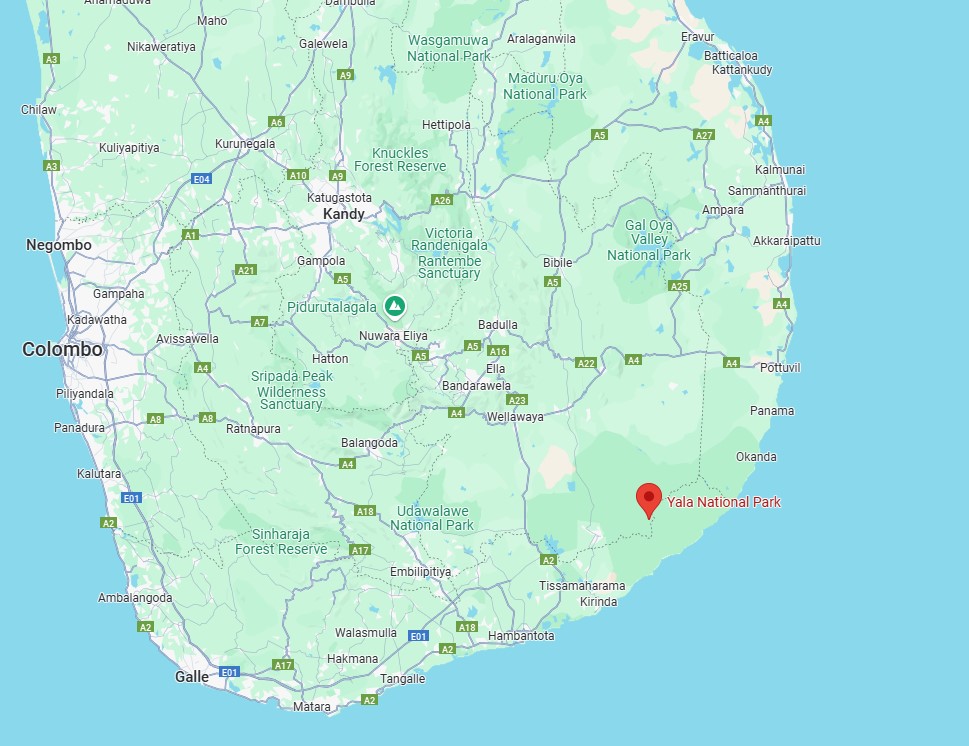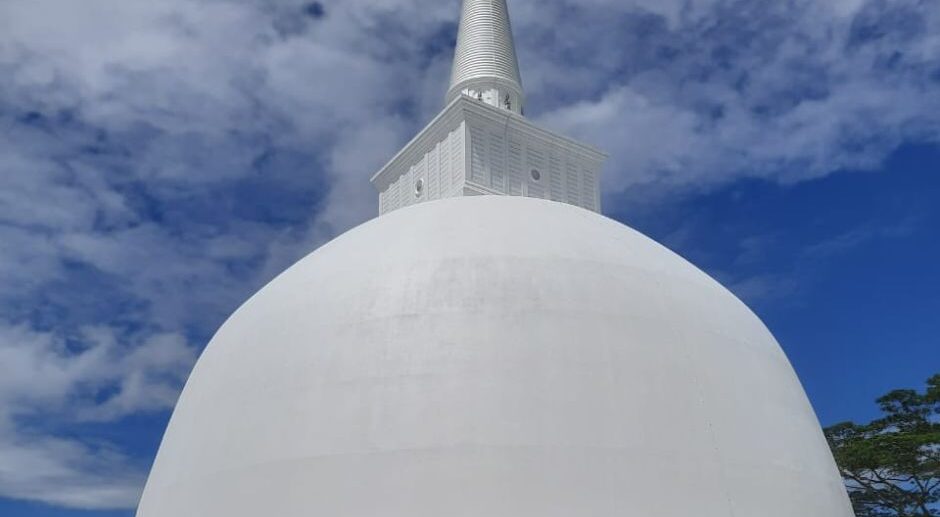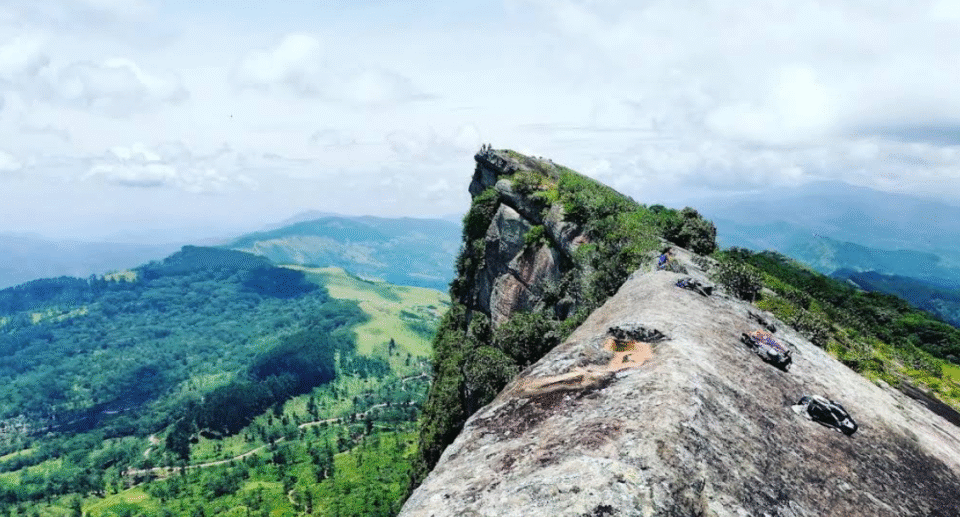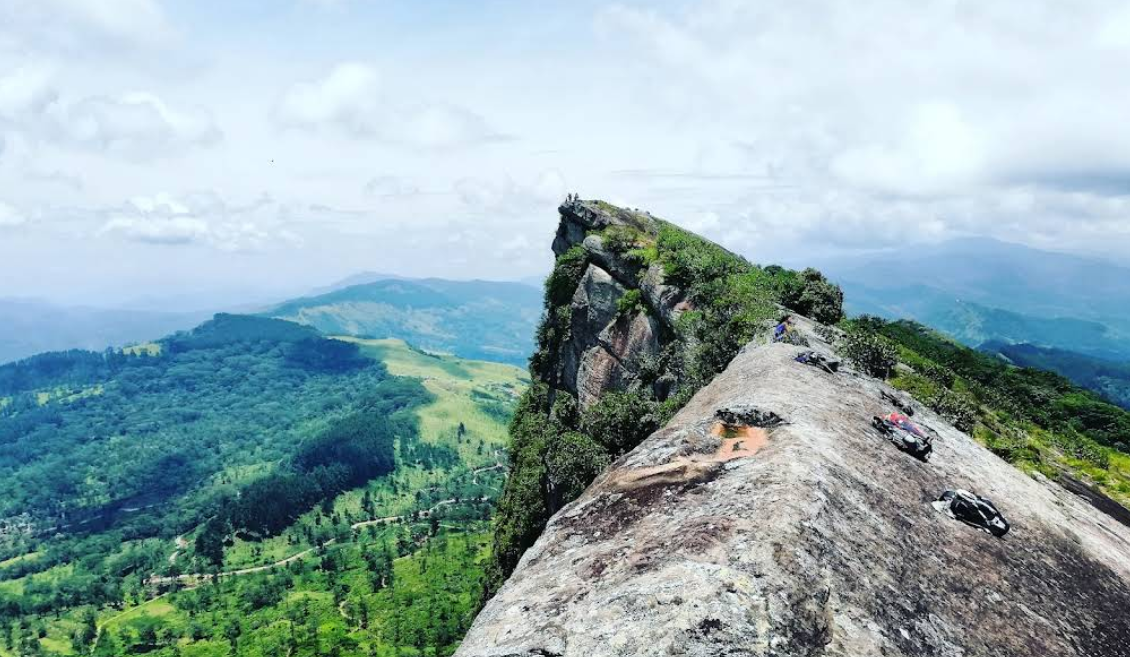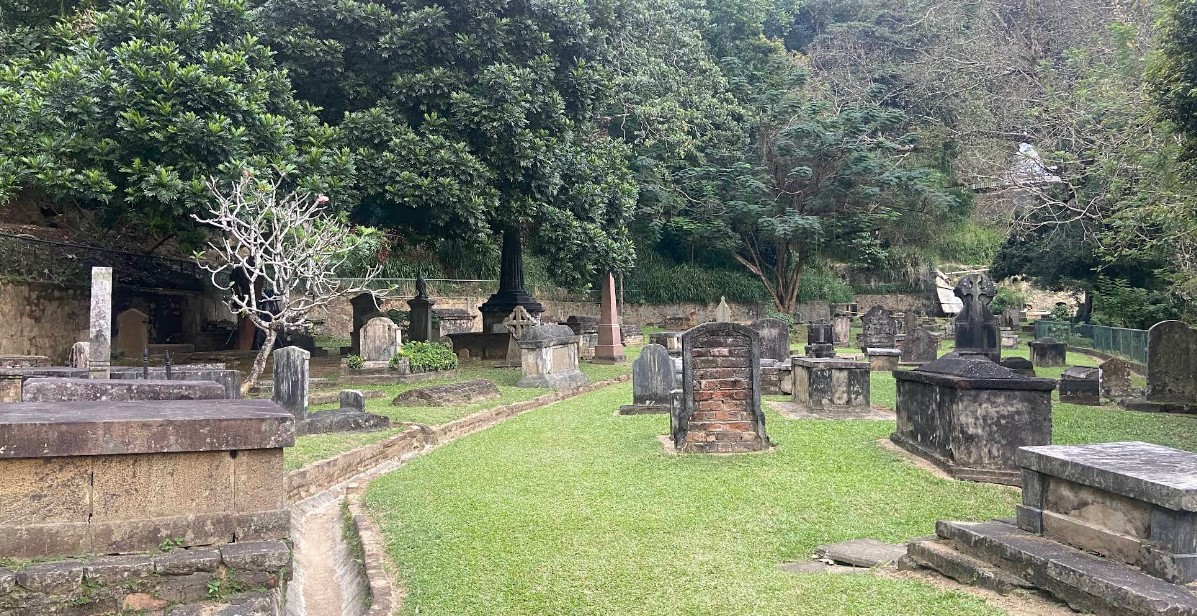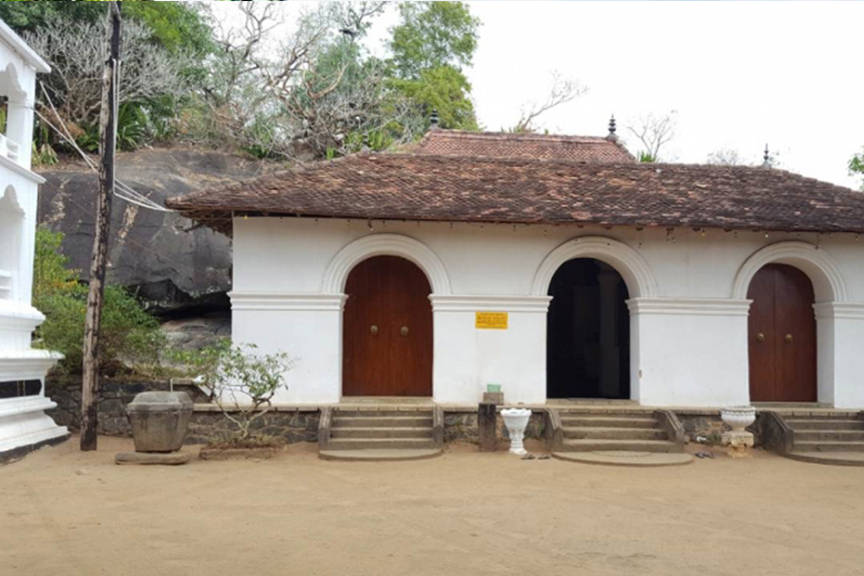Yala National Park: A Jewel of Sri Lanka’s Wildlife

Yala National Park is one of the highlights of Sri Lanka. Located in the south east of the island, this excellent game park is Sri Lanka’s most popular for good reason. With a believed higher concentration of leopards per square kilometre than anywhere in the world, Yala is 1,260 square kilometres in area and is divided into five blocks. Block I is the most visited section of the reserve and the ideal location for a leopard safari. Leopards are shy animals, but in Yala leopard sightings are excellent – you can see them basking in the sun on rocky outcrops, in trees, crossing tracks and around waterholes. Besides leopards, there are also sloth bears, Asian elephants, deer, monkeys, buffalo and a large variety of bird life. If you’re set on seeing leopards, Yala will provide Sri Lanka’s best opportunity.
History of Yala
Yala is Sri Lanka’s oldest national park and was designated a wildlife sanctuary as early as 1900 although it wasn’t until 1938 that it became a national park. In the heart of Yala is the Buddhist temple Sithulpawa, and this ancient monastery is thought to have been approximately 2,000 years old. It was previously thought to have housed 12,000 inhabitants in the monastery, and today it remains an important temple visited by pilgrims throughout Sri Lanka. Other cultural attractions nearby worth mentioning are the Kataragama and the Magul Maha Vihara.
Topography of Yala
Yala is found in the island’s dry zone and is characterized by scrubby bush and monsoon forest. The reserve is generally flat but studded with fascinating brackish lakes, grasslands and huge granite outcrops while sand dunes characterize its coastline. The park is found in the island’s semi dry zone and receives regular rain from the north easterly monsoon.
Yala National Park is a year-round destination for wildlife safaris. The most suitable time to visit is during the May to September dry season, and early October, when the onset of the drought and die-back of vegetation enhances wildlife-watching. The north-eastern monsoon rains from October/November to January, and then the reserve is much greener and more lush. Sloth bears enjoy indulging in the intoxicating fruits of the palu trees, during the May to July season, and thus sightings are best during this time. The perfect wildlife sights are early morning and evening, so prepare to wake up early.
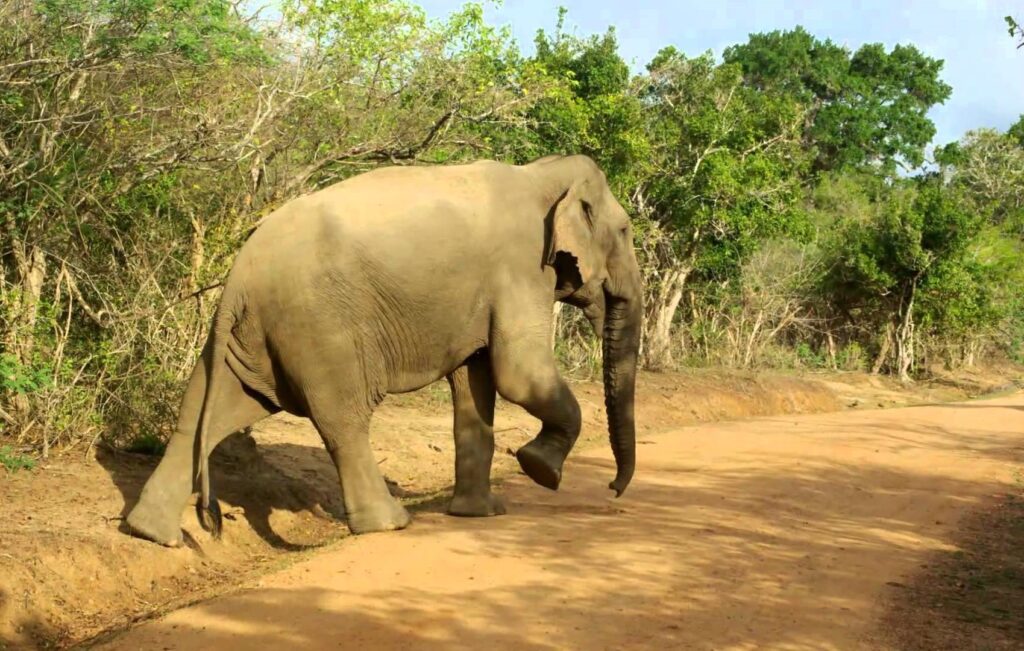
Wildlife in Yala
Yala National Park is the best reserve in Sri Lanka for spotting a wide variety of wildlife, and in particular leopards, elephants and sloth bears. There are approximately 215 bird species found within the park, seven of which are endemics, and 44 mammals. The park is made up of five blocks of which block I (where most of the game drives take place) is renowned for having the largest concentration of leopards per square kilometre in the world. A number of the younger males have become so comfortable with their dominance of the reserve and the jeeps which pursue them that they saunter lazily along roads and lie in the sun on rock outcrops in full view. As such, Yala is Sri Lanka’s most popular national park, and receives enormous numbers of visitors. Elephants, sambur deer, jackals and langur monkeys also play leading roles in the park, as do shy sloth bears – small, prickly looking bears that love munching on palu fruit tree when in bloom during May and June. Bird life is yet another drawcard, and endemics that one can see are the Sri Lanka grey hornbill, Sri Lanka wood pigeon, brown-capped babbler and the blue-tailed bee-eater. The rare Black-necked Stork and greater adjutant are other sighted residents in the park, numerous migratory birds also visiting. Yala boasts more than 200 species of birds and 40 mammals, but it’s perhaps most famous for its leopard population. The park contains more concentrated numbers of leopards per unit of land than almost anywhere else in the world, and is reported to have more leopard sightings than any of the island country’s national parks. It is advisable to go there between January and July to stand a better chance of seeing these incredible animals.
Elephants are also seen at Yala, but the chances of seeing them depend on the season. This is due to the fact that Lunugamvehera National Park serves as a natural corridor between Yala and Udawalawe National Park, which the elephants use to travel between habitats. Your best opportunity to see them is during the dry season, from May to August.
Yala is also home to crocodiles, peacocks, monkeys, sloth bears, water buffalo, wild boar, deer and golden jackals. Around 130 different species of birds have also been seen in the park, including pelicans, storks, herons and flamingos.
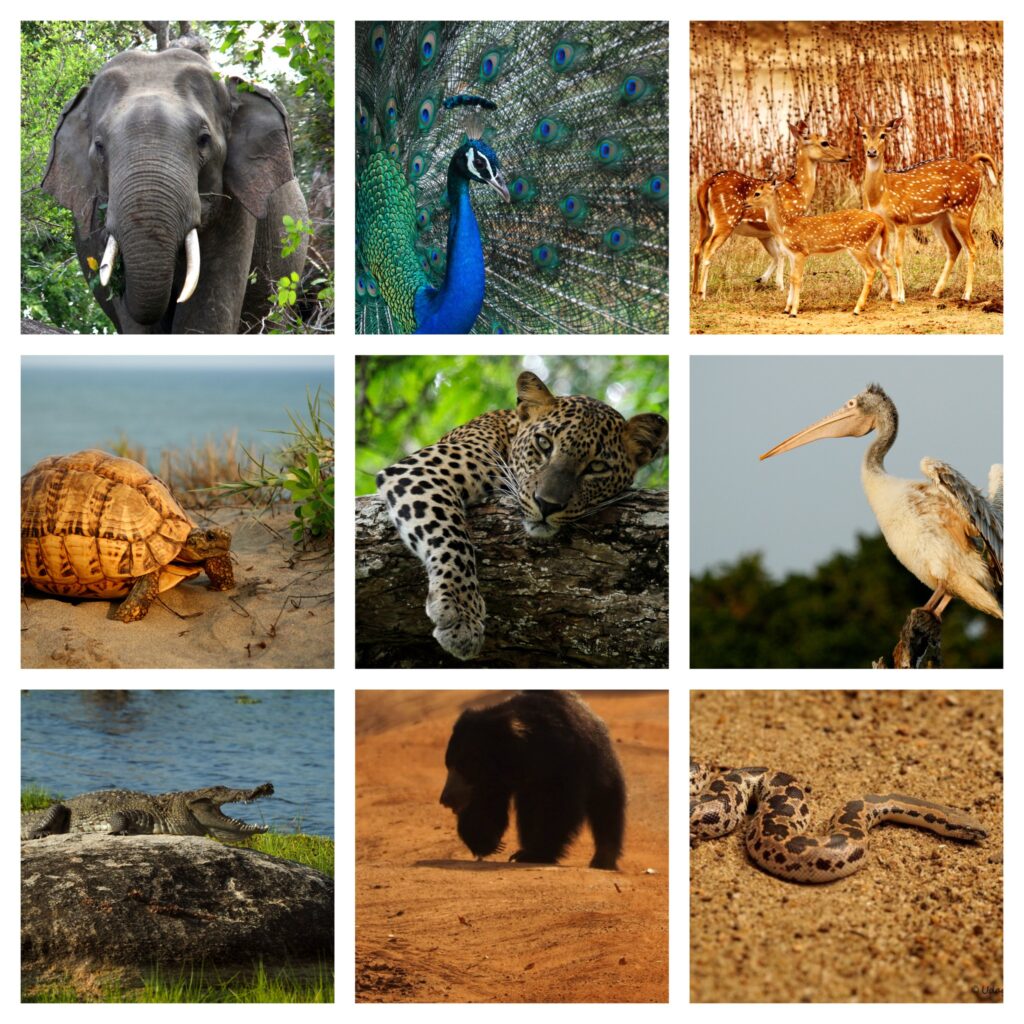
YALA’S REPTILES
A reptile haven, Yala winds with scaly surprises. From mugger and saltwater crocodiles, Indian cobras, and fan-throated lizards to all five globally threatened species of sea turtle, the park’s 47 documented reptile species vary from firmly dangerous to exquisitely benign. And yes, we do sleep better knowing that the Sri Lankan flying snake one of Yala’s five endemic species is only ‘mildly’ venomous.
Which is the best national park in Sri Lanka?
Sri Lanka’s 26 national parks are exceptional places for wildlife spotting and offer very different wildlife experiences. Two standout national parks in Sri Lanka are Yala and Wilpattu due to the sheer variety of resident wildlife. You can tick off Sri Lanka’s Big Three – leopards, elephants and sloth bears in one game drive. Yala’s dense leopard population has made it a world standout, however sightings of leopards in Wilpattu are also very strong throughout the year. Sloth bears may also be seen in both reserves, particularly in May and June. Elephants are resident in all of Sri Lanka’s national parks, however, Minneriya and Uda Walawe are two of the best reserves for sighting large herds of elephants. Birding enthusiasts will be drawn to as well as Yala and Bundala.
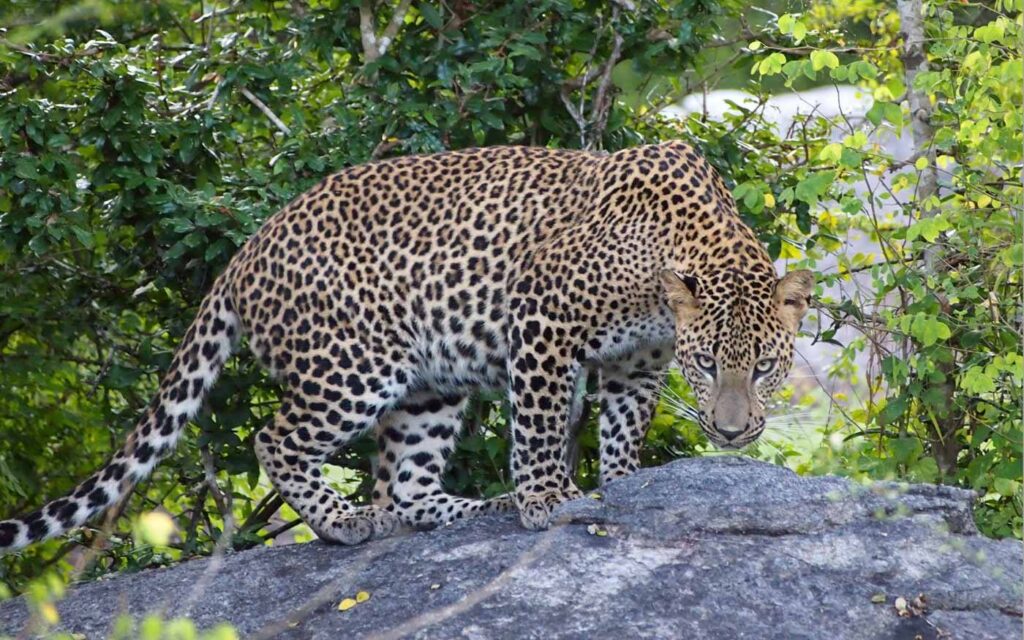
BIRDWATCHING IN YALA
Officially one of Sri Lanka’s 70 Important Bird Areas (IBAs), Yala’s biodiversity is a sanctuary for birdlife and birders alike. Around 215 species of birds have been spotted, including six endemics: Sri Lankan grey hornbill, Sri Lankan junglefowl, Sri Lankan wood pigeon, black-capped bulbul, brown-capped babbler, and crimson-fronted barbet (listen out for its constant ‘morse code-style’ pips!). And in winter months, hundreds of migratory species pay a visit, too. From the pelicans, peafowls, and peregrine falcons to the spoonbills, sunbirds, and serpent eagles, the bird squad of Yala is simply marvelous. If birds never bothered you, prepare to be astonished.
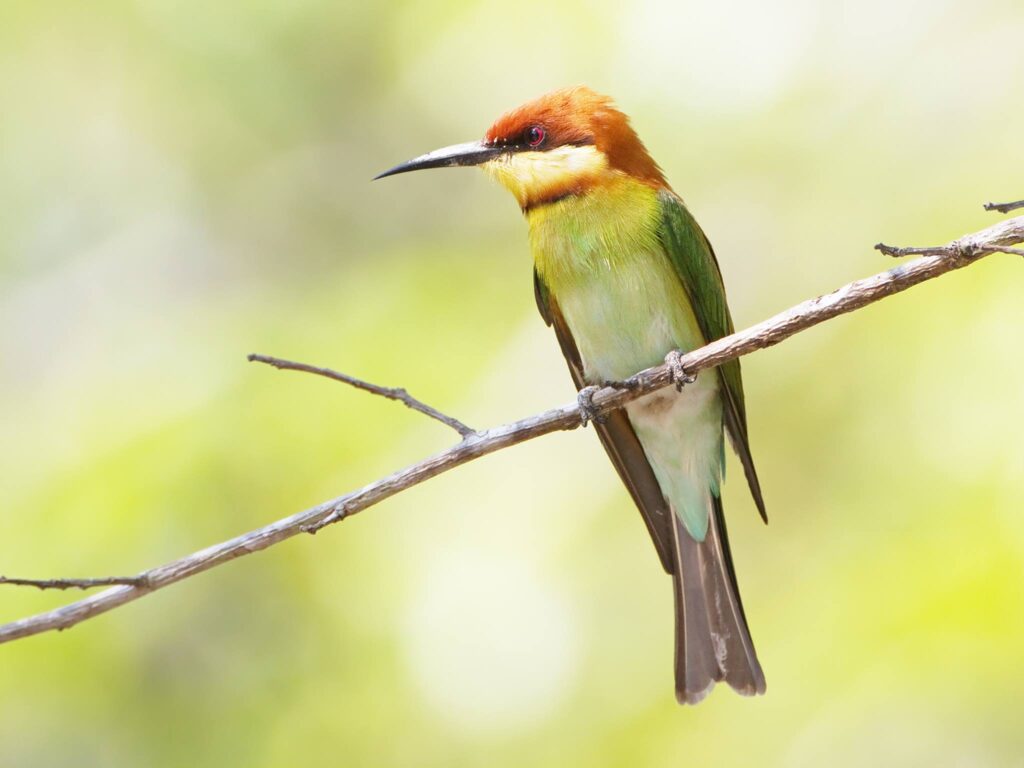
Location
Yala National Park is located in the south east of Sri Lanka around 20km southwest of Tissamaharama. Part of the reserve borders the Indian Ocean. It takes less than 10-minutes to reach the entrance of the reserve from Chena Huts, which sits in the park’s wildlife-rich buffer zone. Colombo is around a 300-kilometre drive away, which takes five hours.
Guide to Yala
Yala has five blocks, and while the majority of the game drives take place in Block I (where game watching is perhaps most rewarding), game drives are and can be conducted in other blocks of the reserve. It is far more likely in September and October (in the middle of the dry season) when Block I will be closed to visitors for roughly six weeks to allow animals unobstructed freedom of movement. Chena Huts are located very conveniently near the Yala’s main Palutapana entrance, and just a minute or two are needed to walk from the hotel to the ticket counter. Within, the complex of tracks within the reserve are pretty scattered, and our chauffeurs know how to locate some of the less frequented tracks which go around the throngs.
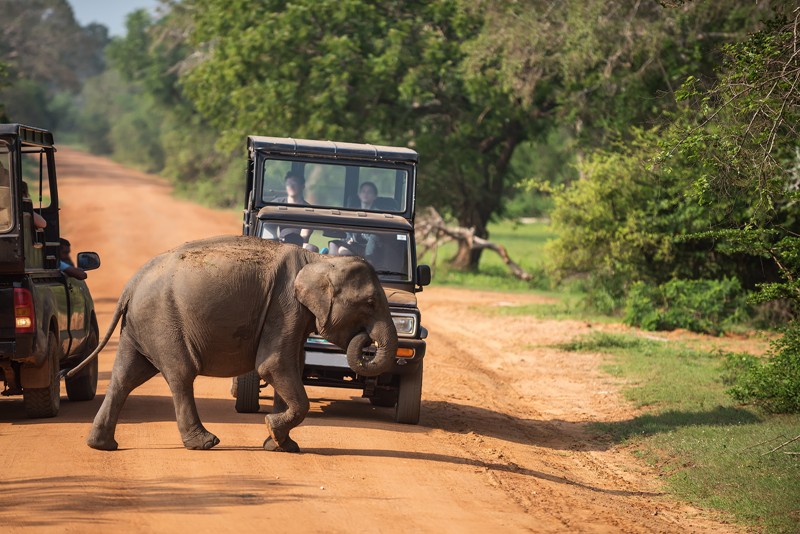
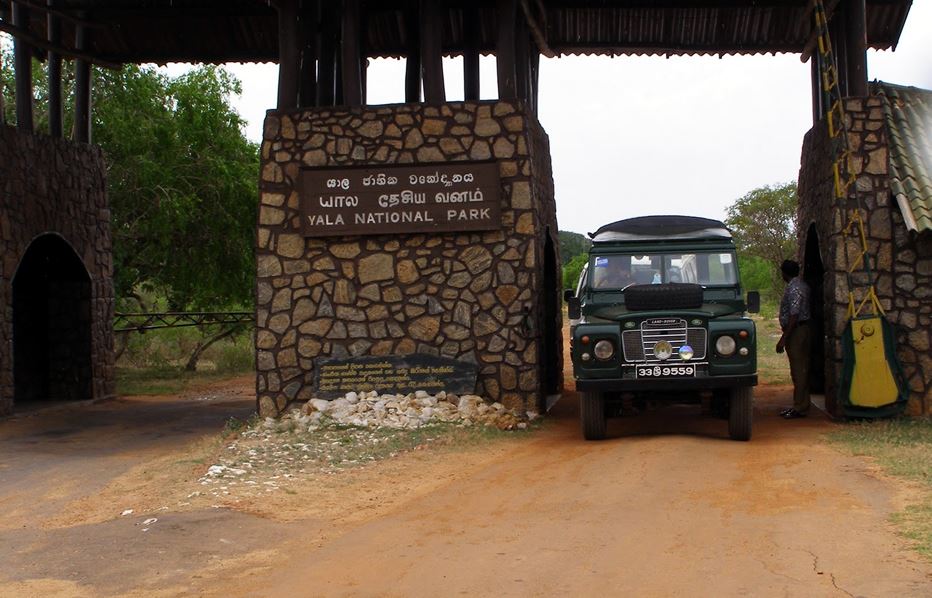
Visiting Yala National Park
Chena Huts offers superb game drives into Wilpattu National Park hosted by an in-house naturalist. Packages include a tracker, Yala National Park entrance fees, on-board snacks and refreshments, wildlife viewing equipment, and a seafront post-safari drinks reception. The location of the hotel so close to Yala’s main entrance and within the buffer zone of the reserve, means that it takes next to no time to enter the park. Since this is Sri Lanka’s most popular game reserve, it can get very busy, particularly on weekends. However, our team of naturalists are experienced in taking guests on lesser-visited routes around the reserve.
What to wear on a jeep safari in Sri Lanka
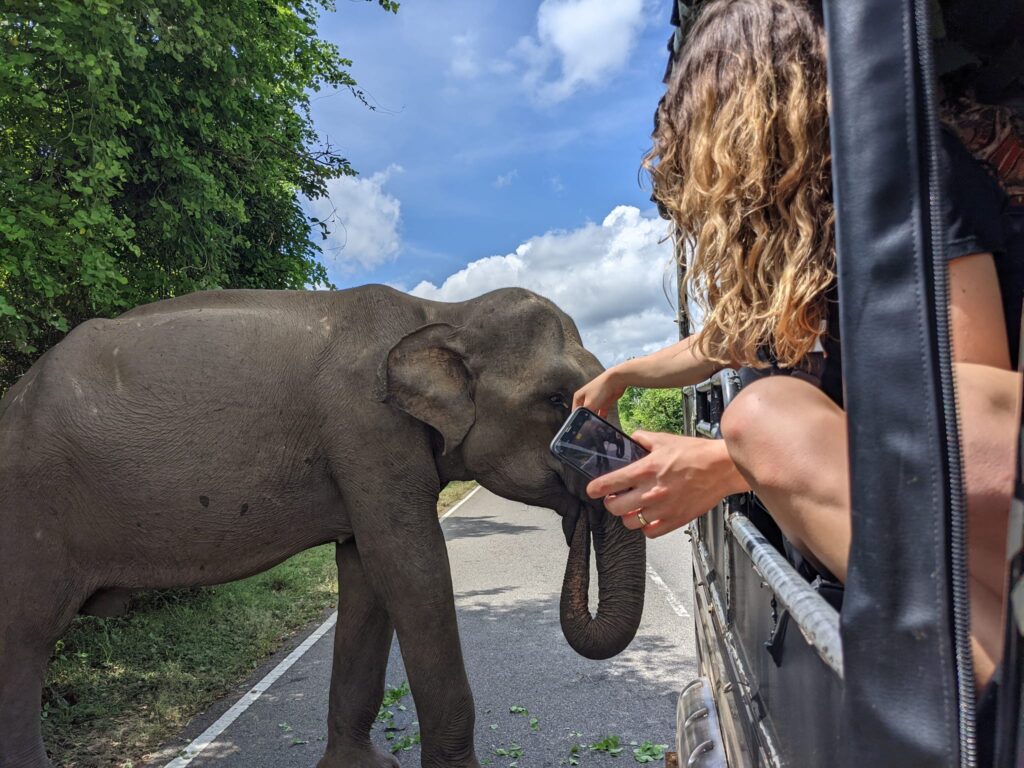
Wear comfortable, breathable clothing in neutral, khaki and brown hues. It’s also a good idea to layer up since it can be cool in the early hours of the morning and then very hot and humid later in the day. We would also recommend applying sun cream and wearing hats.
The Gateway to Yala
The first stop on your journey to the park will likely be at Tissamaharama, a town in the Hambanthota district that acts as a gateway to Yala. Here is where a majority of safari drivers pick up eager safari enthusiasts – try to book your trip in advance so that you can avoid having to bargain with safari guides at the last-minute.
From Tissamaharama, your journey continues a further 20 kilometres (approximately 30 mins away) to Palatupana, where a visitor centre is available to provide information for tourists and assign trackers to the safari vehicles. The costs of the safari are easier to manage between several people, so try and travel with friends. From here, you hop into your safari jeep and head off!
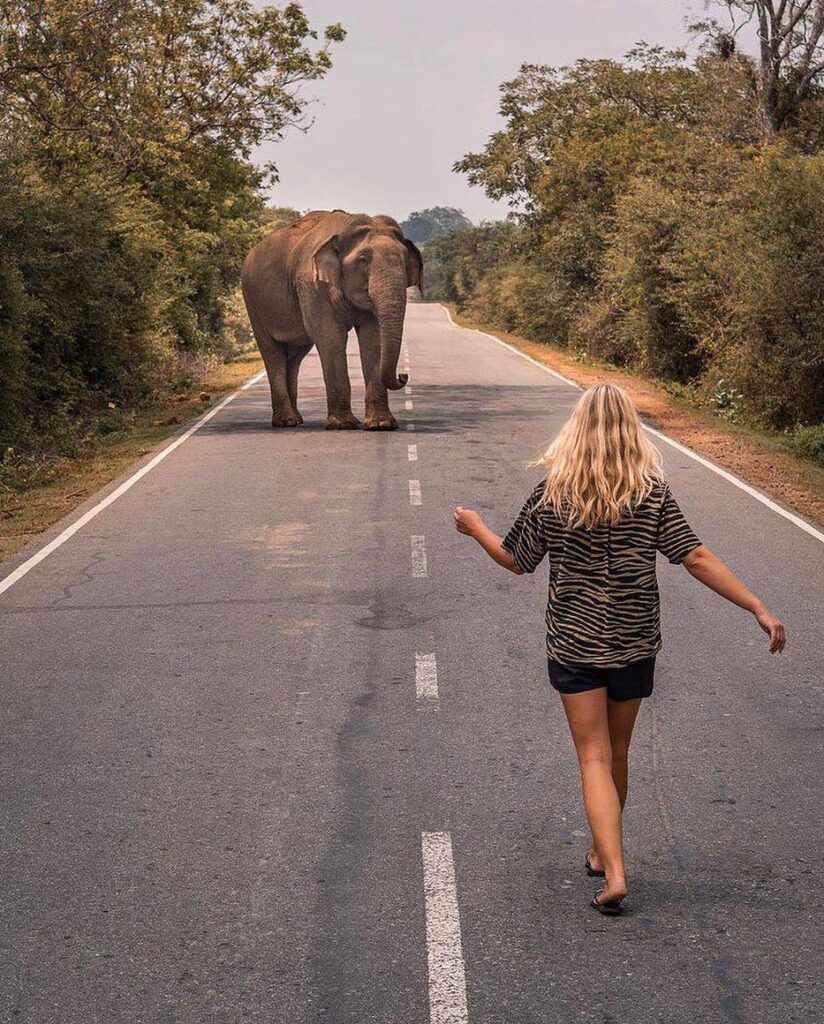
Tips and Tricks
Planning your wildlife safari in Sri Lanka can be challenging – especially if you don’t know where to start. these useful tips and tricks for a great experience!
The best time to visit the park is at 6AM, as soon as it opens, or after 4PM, when the animals emerge out of their shadowed hideaways from the sun.
The average temperature at the park hovers around 27 degrees Celsius, although it can reach heights of 37 degrees during the dry season. Make sure that you bring a bottle of water along.
If you haven’t arranged for any meals during an afternoon safari, try and bring your own packed lunches. However, remember that anything you bring with you must be taken back. Do not litter the park, especially with plastic bottles and wrappers, or leave behind anything that could negatively affect the park’s ecosystem.
Do not leave the safety of your vehicle during the safari, unless specifically informed that it is safe to do so by your guide.
WHEN TO VISIT: YALA THROUGHOUT THE YEAR
Situated in Sri Lanka’s semi-arid dry zone, Yala’s average temperature hovers around 27c, rising to mid-to-late 30s at the height of the dry season. The park is at its best from late April to August. Rain when it comes — tends to fall in April, November, December, and January.
FEBRUARY – APRIL
The monsoon rains are subsiding, but visitor numbers are peaking, so choose which areas to explore carefully. While the south-western monsoon can bring intermittent rainfall around April, these months are usually relatively, increasingly dry. March and April are brilliant months to see elephants in large herds. This is the mating season, so expect to find big bull elephants in musth stomping around looking for action. Pumped full of testosterone, they’re at their most volatile, so keep your distance.
Avoid also the Sinhalese and Tamil New Year of April 14th and the Buddhist festival of Vesak Poya (held around May’s Full Moon), when the park will be crammed with celebrating Sri Lankans.
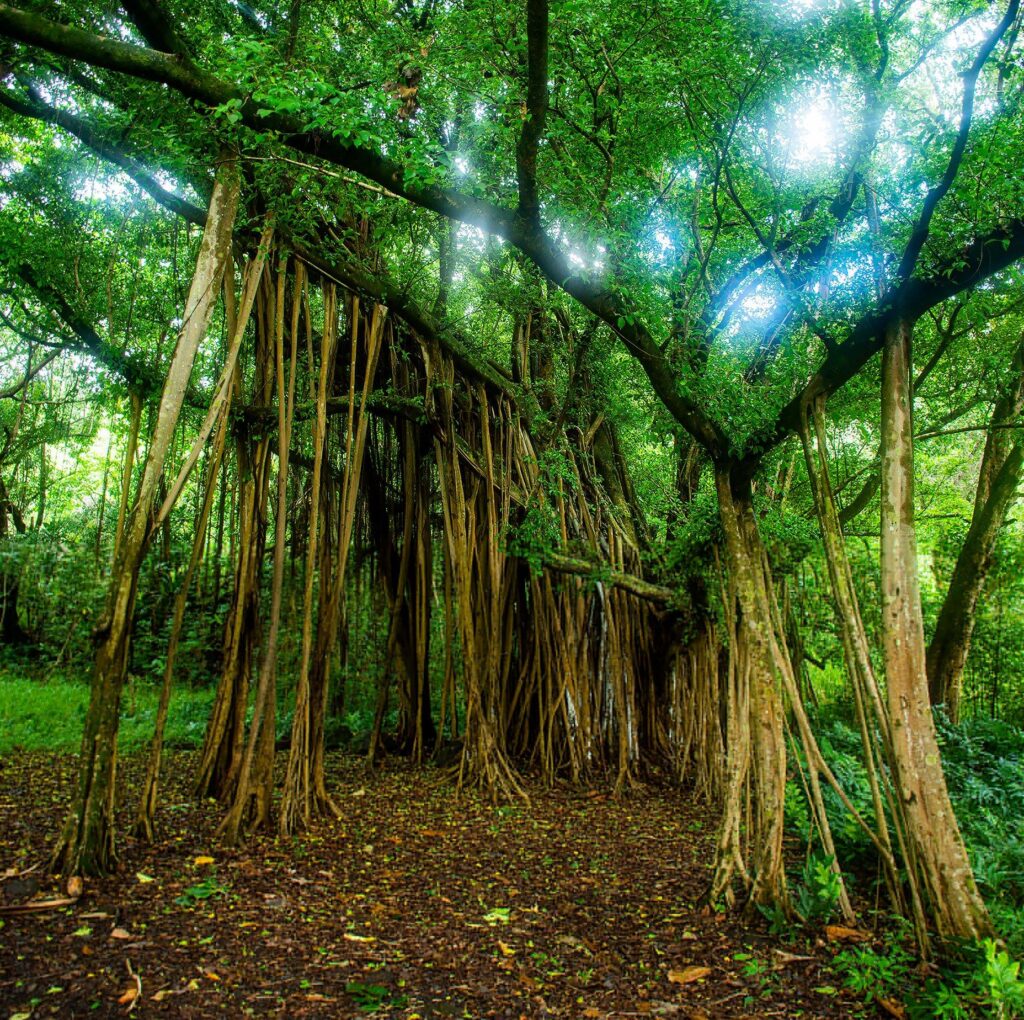
MAY – JUNE
These are our favourite months to visit Yala. The park is still green after the inter-monsoon rains, but vegetation is dying back, and animals are starting to congregate at waterholes, so wildlife viewing is good. The peak nursery months, expect to see rumbunctious elephant calves and even leopard cubs. It’s also the start of Palu season: the best time to see sloth bears. The berries of the ironwood tree, ripe Palu is the bears’ favourite meal. You’ll find the black, shaggy bears in and around the trees, gorging themselves silly or sleeping off their feast.
JULY – OCTOBER
Yala’s hottest, driest period sees the park at its most parched and wildlife forced to converge in the few areas where water still exists. As most jeeps follow suit, the overcrowding at these points can be intense and uncomfortable to witness. A key time for European travellers, the August school holidays are especially busy.
Historically, Block One has shut throughout September and part of October, primarily to protect the wildlife’s wellbeing. While that hasn’t happened recently, a late October getaway could be a safer bet if you’re set on an autumnal adventure.
NOVEMBER – JANUARY
While Yala’s rainy season isn’t set in stone, these months typically bear the brunt of it. The north-eastern monsoon’s arrival sees roads harder to navigate, many animals heading for cover, and denser foliage. While not great for general safaris, this is a top time for twitchers, thanks to the influx of thousands of migratory birds. If you’re prepared to get wet, you’ll find the lush park garlanded in wildflowers and (Christmas holidays aside) at its quietest.
YALA: WHERE TO STAY
Yala offers a bewildering range of accommodation, not all of it good. At ETG, we test all the properties we offer, so whether you dream of nights under canvas, 5 luxury, or a blend of both, you can be sure anywhere we suggest is somewhere we’d happily revisit. To kickstart your journey, here’s a snapshot of some of our favourite escapes. For more options, Get in Touch and we’ll find the camp bed or thread count that’s right for you.
Map of Yala National Park
